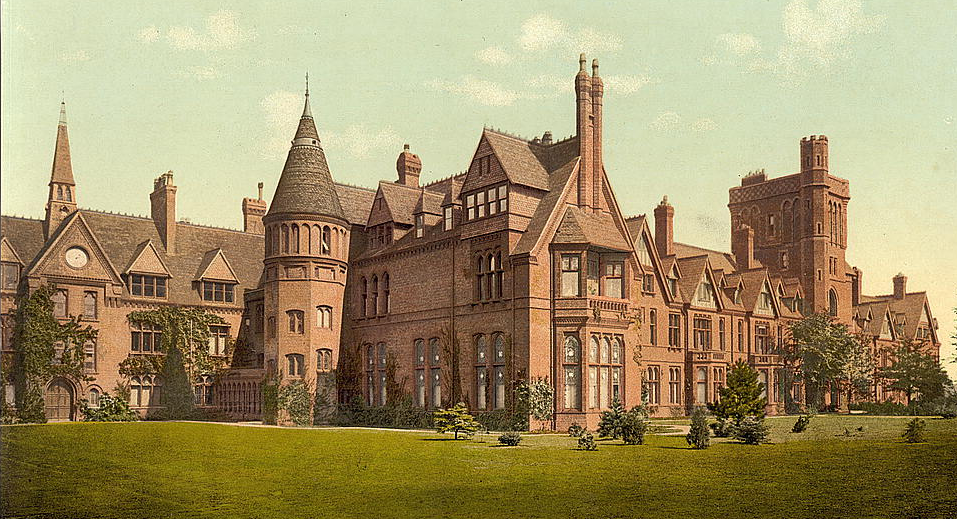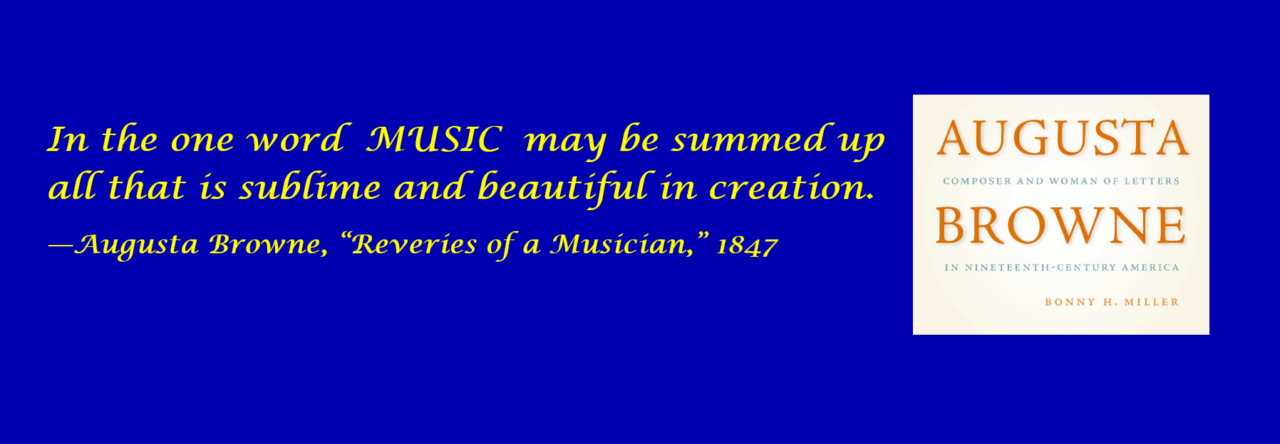“Irish Curiosity” is the name of a short story published by Augusta Browne in 1848, one hundred seventy-five years ago. The theme of the humorous story is curiosity, which is considered a commendable thirst for knowledge in a man, but in a woman, curiosity is regarded as inappropriate interference in the affairs of others. Further, as Browne expressed in deliberately misspelled language that gave the flavor of an Irish brogue, a woman “of coorse can’t kape a saycret.”
Tag: Victorian era Page 1 of 2
Augusta Browne loved cats, as her prose writing demonstrates.

Does not a fluffy cat, of stately demeanor, confer a positive dignity on the family hearth?
Augusta Browne Garrett, “All Good Persons Love Dumb Animals,” Episcopal Recorder, February 7, 1877.
“The Favorite Cat,” hand-colored lithograph published by Nathaniel Currier, 1838–48, Metropolitan Museum of Art, Bequest of Adele S. Colgate, 1962, Accession Number: 63.550.159
In her 1877 article from the Episcopal Recorder, shown in full below, Browne tells anecdotes about memorable cats from her family home. Some knew clever tricks. Others, like Rubin (named for the Russian pianist Anton Rubinstein), had musical tendencies. She extols the usefulness of cats to control rodents, in addition their innate “beauty, talent, amiability, and industry.” The lesson of the essay is a universal message to treat animals humanely. Browne concludes:
It is impossible to love God and be cruel to the creatures that he has committed to our care.

The opening pages of the Iris Souvenir for 1851 glow with golds, reds, and greens. The hues of the new gift book competed with the flower that gave the volume its name, asserted the editor, John S. Hart, in the preface to the volume. Gift books were anthologies of light fiction, poems, and essays for the Victorian-era home. Elegant illustrations and bindings made these gift books the equivalent of modern coffee table books. The Iris made a splash by including scenes produced with an early color printing process: chromolithography.
Title page of The Iris: An Illuminated Souvenir for MDCCCLI (Philadelphia: Lipincott, Grambo, 1851)
Eight of the Iris illustrations were line engravings in black and white, but Hart declared, “the four illuminated pages are printed each with ten different colors, and with a degree of brilliancy and finish certainly not heretofore surpassed.” The title page of the volume (ab0ve) is a riot of colors, flowers, and cherubs at play beneath a rainbow. Deep purple-blue is reserved for the sprigs of iris on the title page and again adorning the music for “The Iris Waltz Composed by Miss Augusta Browne” (below).
Virginia Woolf wrote “A Room of One’s Own” to deliver in 1929 at Cambridge University for attendees of the two women’s colleges: Girton (est. 1869) and Newnham (est. 1871).

Woolf expanded the seven thousand-word essay into a monograph that remains a touchstone of the feminist movement. [see http://gutenberg.net.au/ebooks02/0200791.txt]. Her argument asserted that “a woman must have money and a room of her own if she is to write fiction.” The formula was much the same for a nineteenth-century female author, i.e., a woman needed to find money (have it, get it, or earn it) and a room of her own to enable her to write.
To paraphrase Virginia Woolf, American composer and author Augusta Browne (ca. 1820–82) did have a room of her own, although—like Emily Dickinson (1830–86)—it was in her parents’ residence.
